The Independent's journalism is supported by our readers. When you purchase through links on our site, we may earn commission.
‘Speculation rooted in utter distrust’: Top Chinese virologist at the centre of Covid lab-leak storm speaks out
The hero of China’s success to curbing the epidemic has become the victim of the conspiracy theory that the Coronavirus was made in a lab in Wuhan, now she’s fighting back, writes Amy Qin and Chris Buckley
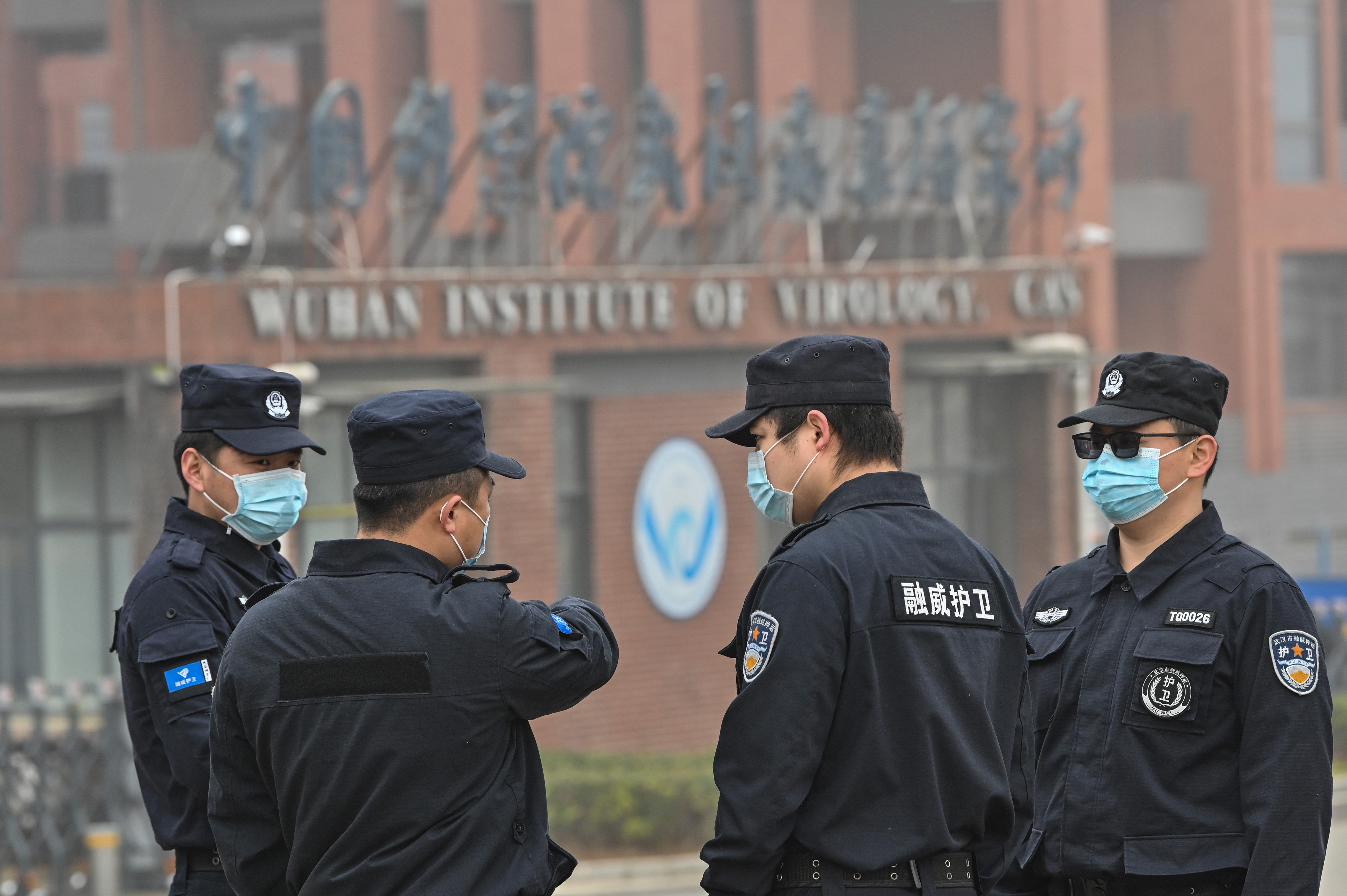
Your support helps us to tell the story
From reproductive rights to climate change to Big Tech, The Independent is on the ground when the story is developing. Whether it's investigating the financials of Elon Musk's pro-Trump PAC or producing our latest documentary, 'The A Word', which shines a light on the American women fighting for reproductive rights, we know how important it is to parse out the facts from the messaging.
At such a critical moment in US history, we need reporters on the ground. Your donation allows us to keep sending journalists to speak to both sides of the story.
The Independent is trusted by Americans across the entire political spectrum. And unlike many other quality news outlets, we choose not to lock Americans out of our reporting and analysis with paywalls. We believe quality journalism should be available to everyone, paid for by those who can afford it.
Your support makes all the difference.To a growing chorus of politicians and scientists, she is the key to whether the world will ever learn if the virus behind the devastating Covid-19 pandemic escaped from a Chinese lab. To the Chinese government and public, she is a hero of the country’s success in curbing the epidemic and a victim of malicious conspiracy theories.
Shi Zhengli, a top Chinese virologist, is once again at the centre of clashing narratives about her research on coronaviruses at a state lab in Wuhan, the city where the pandemic first emerged.
The idea that the virus may have escaped from a lab had long been widely dismissed by scientists as implausible and shunned by others for its connection with former US president, Donald Trump. But fresh scrutiny from the Biden administration and calls for greater candour from prominent scientists have brought the theory back to the fore.
Scientists generally agree that there is still no direct evidence to support the lab leak theory. But more of them now say that the hypothesis was dismissed too hastily, without a thorough investigation, and they point to a range of unsettling questions.
Some scientists say Shi conducted risky experiments with bat coronaviruses in labs that were not safe enough. Others want clarity on reports, citing US intelligence, suggesting that there were early infections of Covid-19 among several employees of the Wuhan Institute of Virology.
Shi has denied these accusations and now finds herself defending the reputation of her lab and, by extension, that of her country. Reached on her cellphone two weeks ago, Shi says at first that she preferred not to speak directly with reporters, citing her institute’s policies. Yet she could barely contain her frustration.
But China’s refusal to allow an independent investigation into her lab, or to share data on its research, make it difficult to validate Shi’s claims
“How on earth can I offer up evidence for something where there is no evidence?” she says, her voice rising in anger during the brief, unscheduled conversation. “I don’t know how the world has come to this, constantly pouring filth on an innocent scientist,” she writes in a text message.
In a rare interview over email, she denounced the suspicions as baseless, including the allegations that several of her colleagues may have been ill before the outbreak emerged.
The speculation boils down to one central question: did Shi’s lab hold any source of the new coronavirus before the pandemic erupted? Shi’s answer is an emphatic no.
But China’s refusal to allow an independent investigation into her lab, or to share data on its research, make it difficult to validate Shi’s claims and has only fuelled nagging suspicions about how the pandemic could have taken hold in the same city that hosts an institute known for its work on bat coronaviruses.
Those in favour of the natural origins hypothesis, though, have pointed to Wuhan’s role as a major transportation hub as well as a recent study that showed that just before the pandemic hit, the city’s markets were selling many animal species capable of harbouring dangerous pathogens that could jump to humans.
The Chinese government has given no appearance of holding Shi under suspicion. Despite the international scrutiny, she seems to have been able to continue her research and give lectures in China.
The stakes in this debate extend into how scientists study infectious diseases. Some scientists have cited the lab leak scenario in pushing for greater scrutiny of “gain of function” experiments that, broadly defined, are intended to make pathogens more powerful to better understand their behaviour and risks.
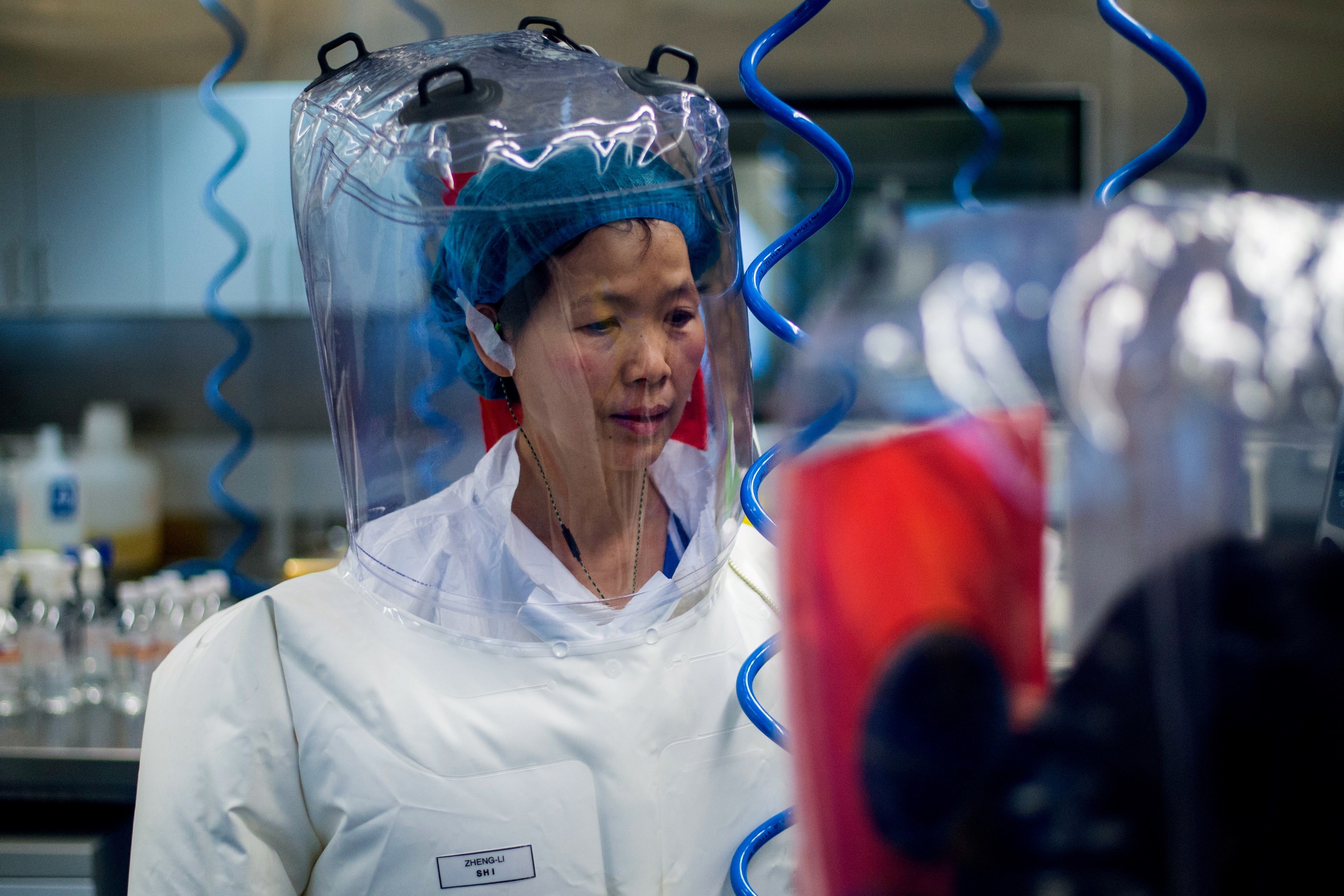
Many scientists say they want the hunt for the virus’ origins to transcend politics, borders and individual scientific achievements.
“This has nothing to do with fault or guilt,” says David Relman, a microbiologist at Stanford University and co-author of a recent letter in the journal Science, signed by 18 scientists, that called for a transparent investigation into all viable scenarios, including a lab leak.
The letter urged labs and health agencies to open their records to the public.
“It’s just bigger than any one scientist or institute or any one country – anybody anywhere who has data of this sort needs to put it out there,” Relman says.
‘Transparency matters’
Many virologists maintain that the coronavirus most likely jumped from an animal to a human in a setting outside a lab. But without direct proof of a natural spillover, more scientists and politicians have called for a full investigation into the lab leak theory.
Proponents of a lab investigation say that researchers at Shi’s institute could have collected – or contracted – the new coronavirus from the wild, such as in a bat cave. Or the scientists may have created it, by accident or by design. Either way, the virus could then have leaked from the laboratory, perhaps by infecting a worker.
China has sought to influence investigations into the virus’ origin, while promoting its own unproven allegations.
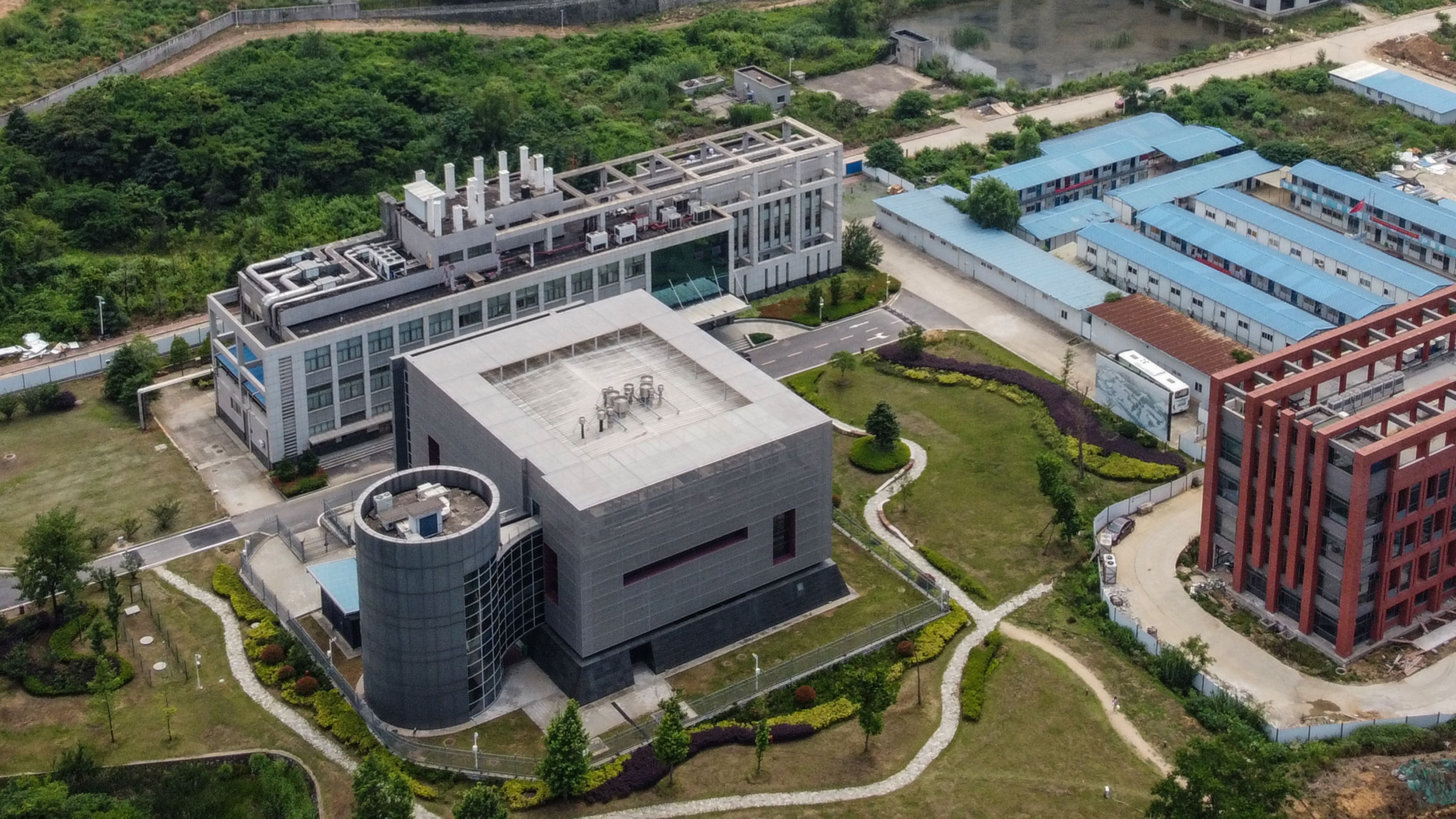
Beijing agreed to allow a team of World Health Organisation experts to visit China but limited their access. When the WHO team said in a report in March that a lab leak was extremely unlikely, its conclusion was seen as hasty. Even the head of the WHO, Dr Tedros Adhanom Ghebreyesus, says: “I do not believe that this assessment was extensive enough.”
Last month, US president, Joe Biden, ordered intelligence agencies to investigate the origin question, including the lab theory. On Sunday, the leaders of the world’s wealthiest large democracies, at the Group of 7 summit, urged China to be part of a new investigation into the origins of the coronavirus. Biden told reporters that he and other leaders had discussed access to labs in China.
“Transparency matters across the board,” Biden said.
‘Scientists have a motherland’
In less polarised times, Shi was a symbol of China’s scientific progress, at the forefront of research into emerging viruses.
She led expeditions into caves to collect samples from bats and guano, to learn how viruses jump from animals to humans. In 2019, she was among 109 scientists elected to the American Academy of Microbiology for her contributions to the field.
“She’s a stellar scientist – extremely careful, with a rigorous work ethic,” says Dr Robert C Gallo, director of the Institute of Human Virology at the University of Maryland School of Medicine.
The Wuhan Institute of Virology employs nearly 300 people and is home to one of only two Chinese labs that have been given the highest security designation, Biosafety Level 4. Shi leads the institute’s work on emerging infectious diseases, and over the years, her group has collected over 10,000 bat samples from around China.
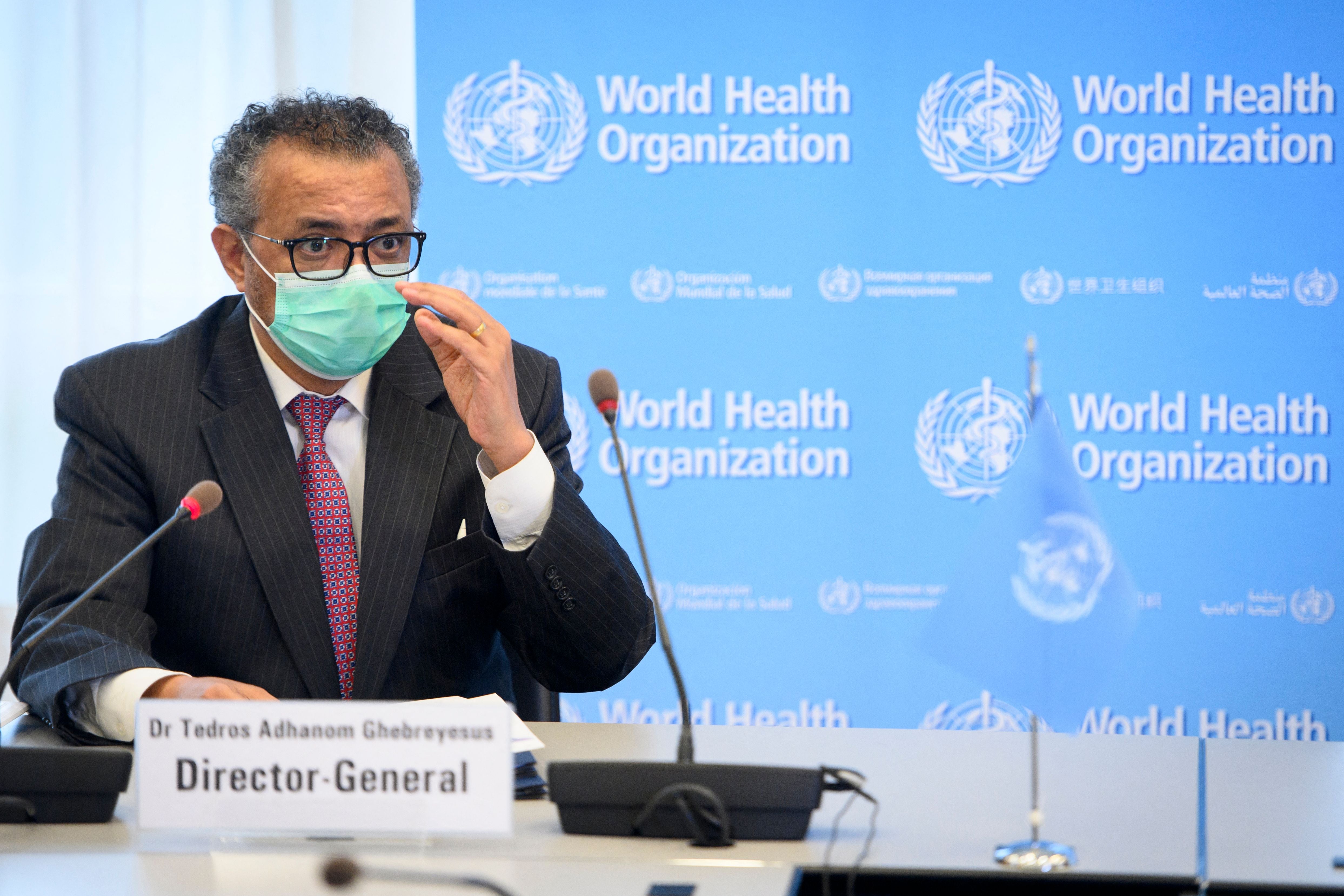
Shi, 57, obtained her PhD from the University of Montpellier in France in 2000 and started studying bats in 2004 after the outbreak of severe acute respiratory syndrome, or Sars, which killed more than 700 people around the world. In 2011, she made a breakthrough when she found bats in a cave in southwestern China that carried coronaviruses that were similar to the virus that causes Sars.
“In all the work we do, if just once you can prevent the outbreak of an illness, then what we’ve done will be very meaningful,” she told CCTV, China’s state broadcaster, in 2017.
But some of her most notable findings have since drawn the heaviest scrutiny. In recent years, Shi began experimenting on bat coronaviruses by genetically modifying them to see how they behave.
In 2017, she and her colleagues at the Wuhan lab published a paper about an experiment in which they created new hybrid bat coronaviruses by mixing and matching parts of several existing ones – including at least one that was nearly transmissible to humans – in order to study their ability to infect and replicate in human cells.
Proponents of this type of research say it helps society prepare for future outbreaks. Critics say the risks of creating dangerous new pathogens may outweigh potential benefits.
The picture has been complicated by new questions about whether US government funding that went to Shi’s work supported controversial gain-of-function research. The Wuhan institute received around $600,000 in grant money from the US government, through an American nonprofit called EcoHealth Alliance. The National Institutes of Health says it had not approved funding for the nonprofit to conduct gain-of-function research on coronaviruses that would have made them more infectious or lethal.
Shi says that bat viruses in China could be studied in BSL-2 labs because there was no evidence that they directly infected humans, a view supported by some other scientists
Shi, in an emailed response to questions, argues that her experiments differed from gain-of-function work because she did not set out to make a virus more dangerous but to understand how it might jump across species.
“My lab has never conducted or cooperated in conducting GOF experiments that enhance the virulence of viruses,” she says.
‘Speculation rooted in utter distrust’
Concerns have centred not only on what experiments Shi conducted but also on the conditions under which she did them.
Some of Shi’s experiments on bat viruses were done in Biosafety Level 2 labs, where security is lower than in other labs at the institute. That has raised questions about whether a dangerous pathogen could have slipped out.
Ralph Baric, a University of North Carolina expert in coronaviruses who signed the open letter in Science, says that although a natural origin of the virus was likely, he supported a review of what level of biosafety precautions were taken in studying bat coronaviruses at the Wuhan institute. Baric conducted NIH-approved gain-of-function research at his lab using information on viral genetic sequences provided by Shi.
Shi says that bat viruses in China could be studied in BSL-2 labs because there was no evidence that they directly infected humans, a view supported by some other scientists.
She also rejects recent reports that three researchers from her institute had sought treatment at a hospital in November 2019 for flulike symptoms, before the first Covid-19 cases were reported.
“The Wuhan Institute of Virology has not come across such cases,” she writes. “If possible, can you provide the names of the three to help us check?”
As for samples that the lab held, Shi has maintained that the closest bat virus she had in her lab, which she shared publicly, was only 96 per cent identical to SARS-CoV-2, the virus that causes Covid-19 – a vast difference by genomic standards. She rejects speculation that her lab had worked on other viruses in secret.
Many scientists and officials say China should share employees’ medical records and the lab’s logs of its experiments and its viral sequence database to evaluate Shi’s claims.
Shi says she and the institute had been open with the WHO and with the global scientific community.
“This is no longer a question of science,” she says on the phone. “It is speculation rooted in utter distrust.”
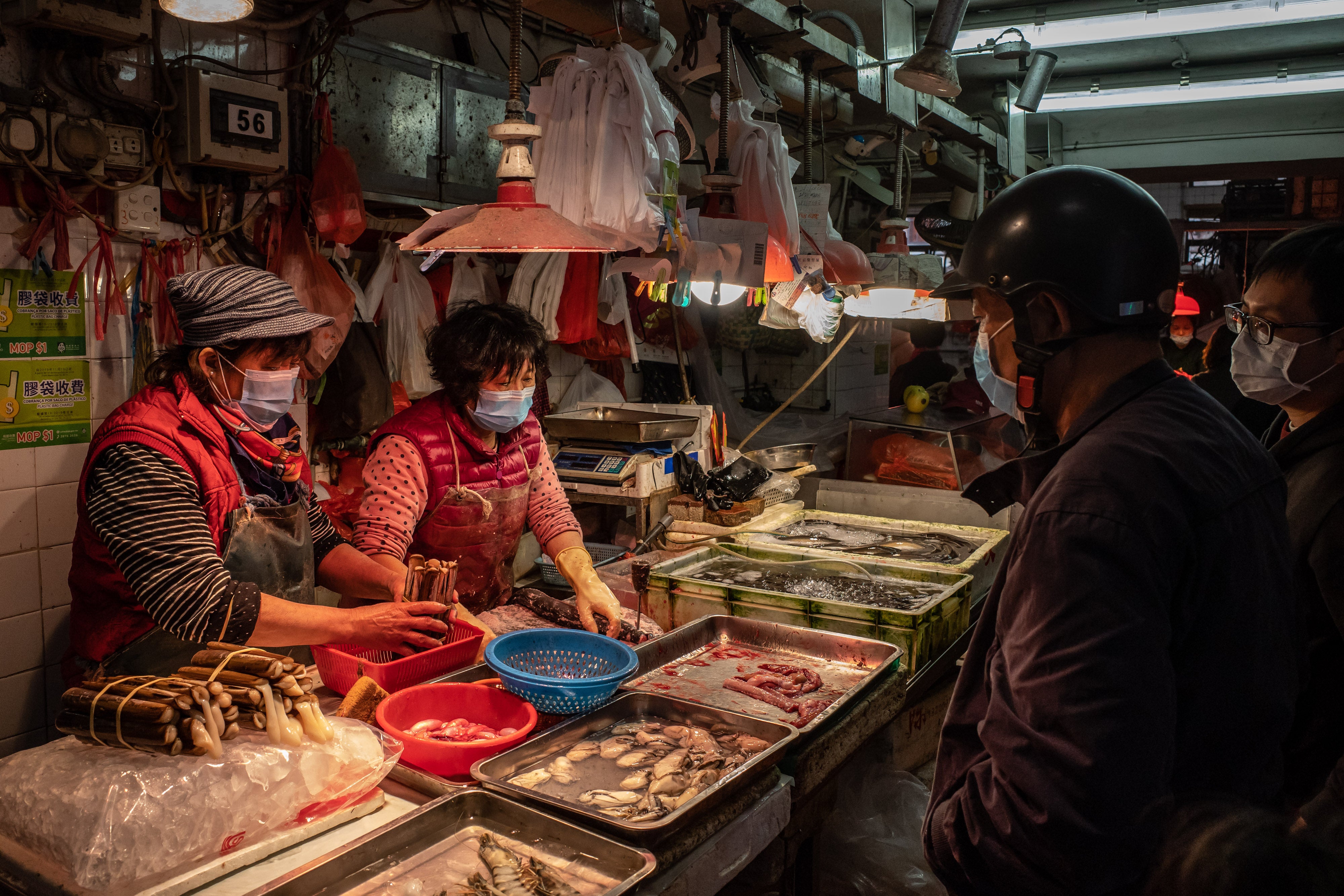
‘I have nothing to fear’
The pandemic was a moment that Shi and her team had long braced for. For years, she had warned of the risks of a coronavirus outbreak, building up a stock of knowledge about these pathogens.
Shi published some of the most important early papers on Sars-CoV-2 and Covid-19, which scientists around the world have relied on.
But soon, the speculation about Shi and her lab began to swirl. Shi, who is known among friends for being blunt, was baffled and angry – and sometimes let it show.
In an interview with Science magazine in July, she said that Trump owed her an apology for claiming the virus came from her lab. On social media, she said people who raised similar questions should “shut your stinky mouths”.
Shi says what she saw as the politicisation of the question had sapped her of any enthusiasm for investigating the origins of the virus. She has instead focused on Covid vaccines and the features of the new virus, and over time, she says, has calmed down.
“I’m sure that I did nothing wrong,” she writes. “So I have nothing to fear.”
This article originally appeared in The New York Times.
Join our commenting forum
Join thought-provoking conversations, follow other Independent readers and see their replies
Comments